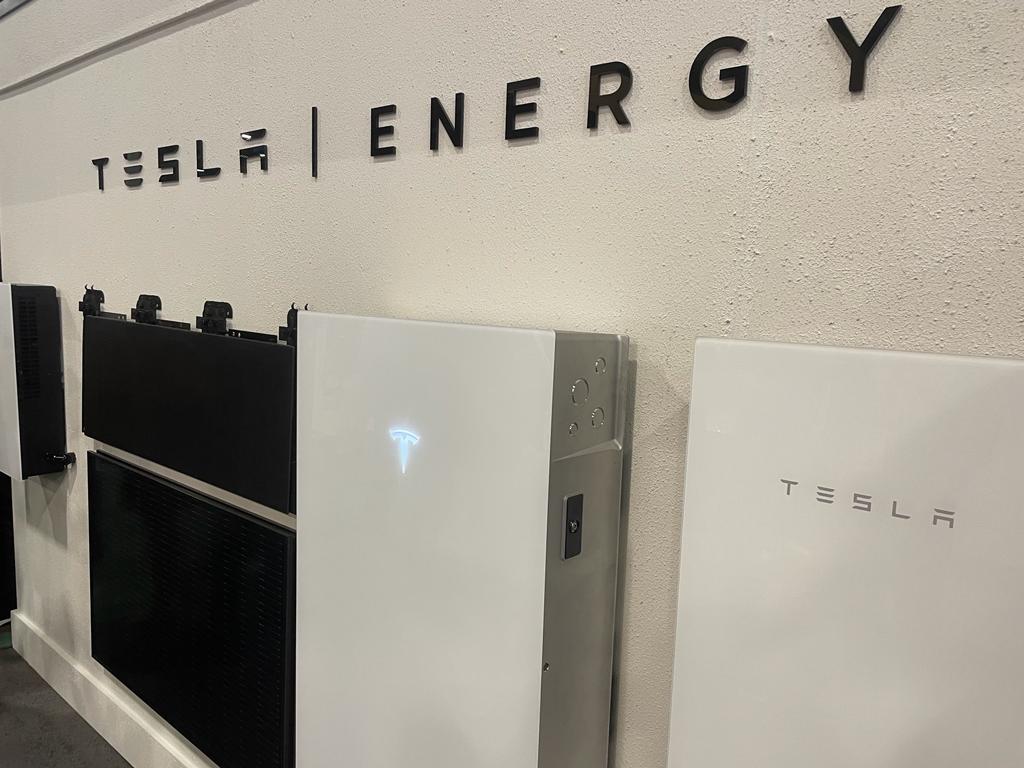PW2 is a deal breaker for me. I mean if PW2 is the only option I will look elsewhere for my battery storage needs.That isn't how it works. From the looks of it the PW3 is not designed to be able to integrate with an external solar system. You could probably install a PW3, but it would act like a standalone PW with no knowledge of solar. (So, no charging from solar when the grid was down, no solar self-consumption support, etc.)
Not to mention that Tesla doesn't sell Powerwalls as just parts, nor do they support, allow?, self-installation.
If you want to integrate with external solar you need to go with a Powerwall 2 system.
What is the technical explanation for PW3 not integrating with an existing solar system if it replaces the inverter? Setting aside positive grounded panels.



